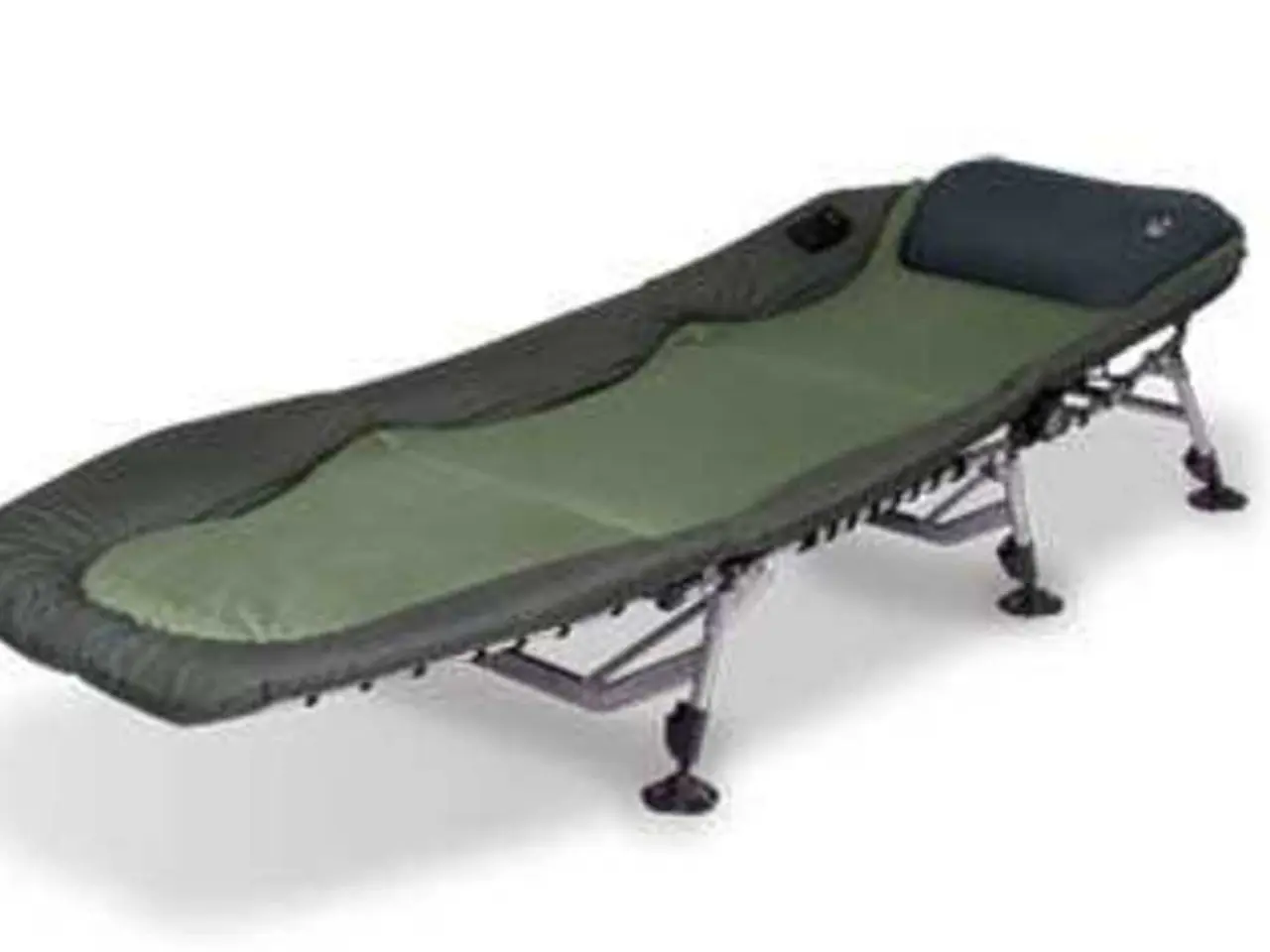Flatback Posture: Identifying Signs, Remedies, and Root Causes
Living with Flatback Syndrome: Exercises, Diagnosis, and Treatment Options
Flatback syndrome (FBS) is a condition that affects the spine, specifically the lower region, known as the lumbar region. In FBS, the natural curvature of the lower spine becomes flat over time, leading to a range of symptoms and difficulties.
Understanding Flatback Syndrome
FBS is a sagittal imbalance, a term used to describe the loss of the spine's natural curvature. This condition is often associated with the Harrington rod procedure, a spinal fusion treatment for scoliosis. Other potential causes and risk factors include degenerative disk disease, vertebral compression fractures, osteoporosis, ankylosing spondylitis, rheumatoid arthritis, and congenital issues.
Recognising the Symptoms
A person with FBS may show characteristics such as an inability to stand up straight, a bent forward posture, bent hips and knees, fatigue, reduced natural spinal curvature, and back pain. They may also experience difficulty standing upright and walking efficiently. In some cases, the condition can lead to persistent, severe pain, balance and gait problems, which can hinder their ability to function in their day-to-day lives, potentially making it a disability.
Diagnosis and Evaluation
A doctor will make a diagnosis based on a person's medical history, a series of exams, and a 36-inch standing X-ray to evaluate the alignment, symmetry, and compensations in the spine. Advanced imaging procedures such as CT scans and MRIs can help evaluate the person's condition and identify other issues affecting their spinal alignment.
Non-Surgical Treatment Options
Nonoperative management for sagittal imbalances is frequently unsuccessful. However, treatment options for FBS include nonsurgical treatments like NSAIDs, epidural steroid shots, exercise, and physical therapy. Effective exercises focus on improving spinal alignment, core strength, and hip extension to restore the natural lumbar curve and reduce pain.
Exercise Regimen for FBS
Key exercises for people with FBS include pelvic tilts, prone extension stretches (back extensions), McGill Big 3 Exercises, Romanian deadlifts and good mornings, and hip flexor and hamstring stretches. These exercises should be performed carefully and often under professional guidance to avoid worsening symptoms.
Surgical Treatment
Surgical treatment for FBS may be recommended if nonoperative measures do not improve symptoms or if the malalignment or structural problems are severe. A surgeon may perform one of the following procedures: posterior osteotomy, pedicle subtraction osteotomy, vertebral column resection, or anterior-posterior osteotomy.
Living with FBS
People with FBS can sleep on their back or side, placing a pillow between the knees to keep the spine in a neutral position. Despite significant complication rates, surgical treatment can improve a person's quality of life. Corrective posture exercises can also improve symptoms in people with FBS.
Diagnosing Ankylosing Spondylitis
Diagnosing ankylosing spondylitis can be difficult since symptoms may be similar to more common back problems in the initial stages. It's essential to seek professional medical advice if you suspect you may have FBS or ankylosing spondylitis.
[1] Mayo Clinic. (2021). Flatback syndrome. [online] Available at: https://www.mayoclinic.org/diseases-conditions/flatback-syndrome/diagnosis-treatment/drc-20475309
[2] Spine-health.com. (2021). Flatback Syndrome. [online] Available at: https://www.spine-health.com/conditions/flatback-syndrome
[3] National Library of Medicine. (2021). Corrective Exercises for Flatback Syndrome. [online] Available at: https://www.ncbi.nlm.nih.gov/pmc/articles/PMC8077660/
[4] McGill, S. (2014). Back Mechanic: The Ultimate Guide to a Healthy Spine. Rodale.
- FBS can be caused by degenerative disk disease, vertebral compression fractures, osteoporosis, ankylosing spondylitis, rheumatoid arthritis, and congenital issues in addition to the Harrington rod procedure.
- Dermatitis and atopic eczema are two types of chronic skin conditions, while colitis and ulcerative colitis are types of inflammatory bowel diseases.
- Science has made it possible to predict and manage other chronic medical conditions such as diabetes, hepatitis, chronic kidney disease, and spinal problems like FBS using advanced imaging procedures.
- CBD, a popular compound derived from cannabis, might have therapeutic benefits for managing certain chronic conditions like arthritis, facilitating a healthier lifestyle, and improving health and wellness in general.
- Chronic diseases require ongoing treatment and management, while preventive measures like exercise and maintaining a healthy lifestyle are essential in managing the symptoms and potential complications of these conditions.
- The diagnosis and treatment of FBS involve a comprehensive evaluation, X-rays, CT scans, MRIs, and a range of nonoperative and surgical treatment options, such as exercise, physical therapy, and various surgical procedures like osteotomies.
- Other potential causes of spinal imbalances and conditions that share similarities with FBS include ankylosing spondylitis, which can be difficult to diagnose at initial stages but requires professional medical advice for accurate diagnosis and management.
- Apart from seeking medical advice for FBS, one should also pay attention and manage other chronic conditions like diabetes, hepatitis, and chronic kidney disease to maintain a healthy lifestyle and prevent complications.




